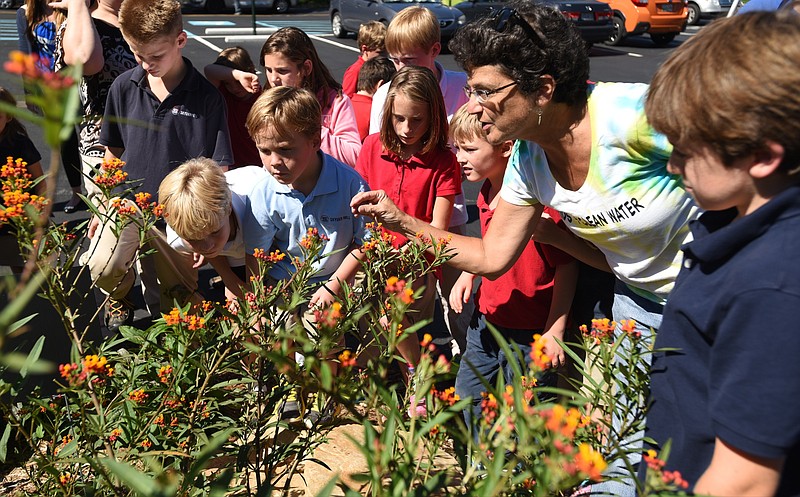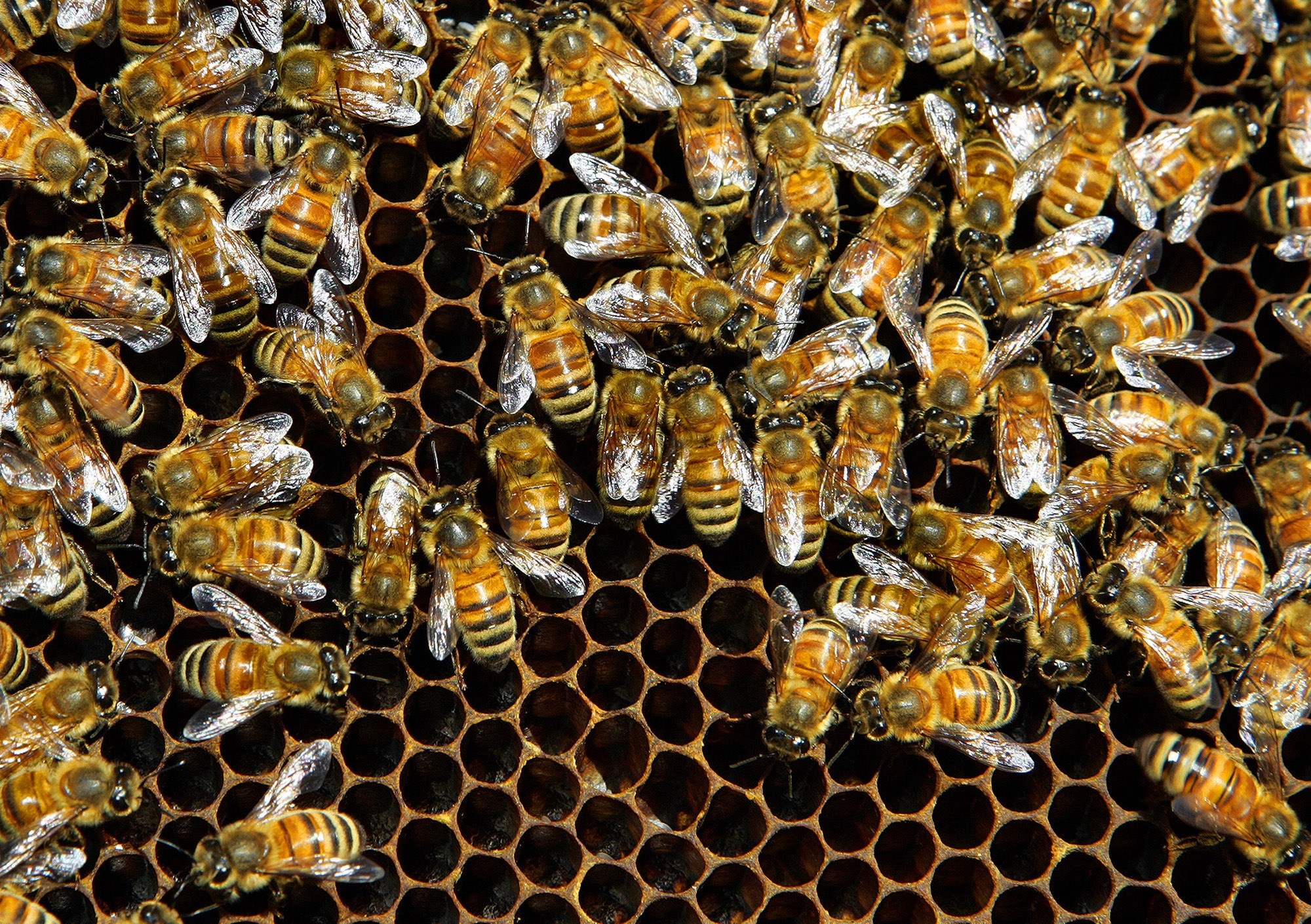With close to 4,000 native bee species known in North America (and more we have not yet cataloged), one would think we should not be at risk of losing some of the best farmers we have.
Butterflies, too. And bats.
In fact, many of our busy bees, flutter-butters and night fliers (voracious bug pest eaters, too) could well be at risk of disappearing.
This impending loss is not just a depletion of wildlife. It could spell serious problems for us.
Almost all flowers - and especially fruit and vegetable blooms - depend on these pollinating insects and bats to flourish, to fruit and to reproduce.
What does it mean for us when there are fewer apples, fewer melons, less food?
According to the University of Tennessee Institute of Agriculture's bee and beekeeping extension web pages, honey bees pollinate crops in the United States valued yearly in excess of $14.6 billion. In Tennessee, alone, the value of crops benefiting from pollination exceeds $119 million a year.
But diseases and pests - especially two parasitic mites - have in the past caused annual bee losses averaging 50 percent in some years.
Butterflies, too, are losing populations. Probably the most counted butterfly is the monarch, which winters in Mexico and travels northward over the United States to breed in the U.S. and Canada. In 1996, monarchs were observed overwintering over 18.19 hectares in Mexico. In 2013, they were observed only on .67 hectares. In the past two years monarch numbers have risen slightly - in large part because of a major education campaign to save the monarch and the only plants it will lay its eggs on.
Experts differ on the reasons for pollinator declines. Most often mentioned are pesticides, habitat destruction and climate change.
None of these causes have easy answers. In the age of the Zika virus and tree killers like the hemlock woolly adelgid, banning all insecticides is not an option. More people means more development. And climate change won't significantly slow as long as we continue our dependence on fossil fuel. In the U.S., at least, our Congress seems deaf to alternative power and most of us can't see a way to give up our cars and plane tickets.
One ongoing study to watch is that of a team of scientists from the National Park Service, United States Geological Survey, and Harvard University. These researchers have decided to work together with 46 national parks across North America to see what kinds of bees live in habitats that might be vulnerable to the effects from climate change.
According to a National Park Service website, the researchers are comparing bee communities in threatened habitats like alpine meadows and beach dunes with bees in more common habitats. So far, they have collected more than 43 thousand bees.
They tricked their subjects into thinking a brightly colored bowl of soapy water was a flower, so when the bees went to drink its nectar, they fell in and got stuck. Honey bees, tiny bees and even purple and green sweat bees were found all over in the national parks. The project also increased awareness among staff and visitors about bee diversity in each park, and the potential risks of climate change and other environmental threats to park pollinators.
Tom Stebbins, the University of Tennessee Extension Agent for Hamilton County, says bee keepers locally report conditions are good here for now with their hives. And the Tennessee Aquarium's Christine Bock has shepherded a number of monarch and butterfly way stations in our region - gardens planted with milkweed, the only plant that can apporpriately serve as a monarch incubator. She says monarchs have been reported this year in those gardens.
We can't solve all our pollinator concerns overnight or even in a year. But we can be aware, and we can make sure we do whatever part we can to keep pollinators in our landscape.

